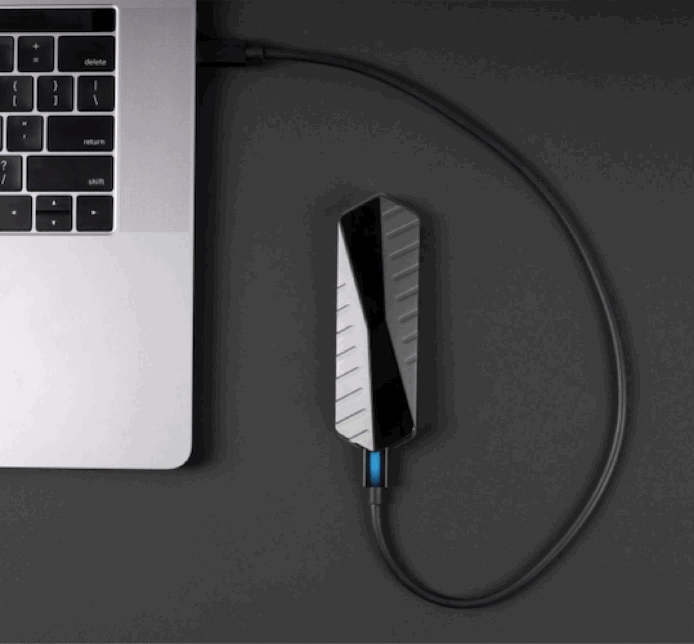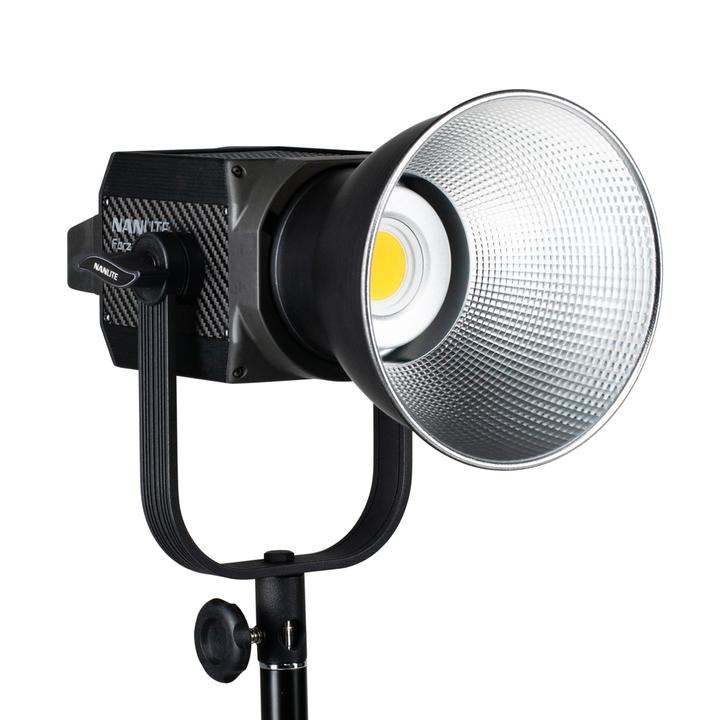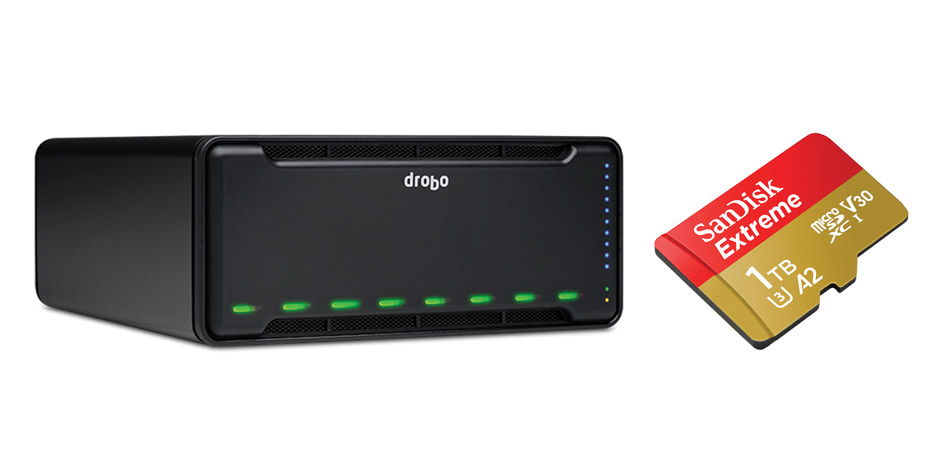The Backup Plan
May 27, 2013
Once upon a time, backing up images was a simple task: burn them to a CD, or copy them to a hard drive. These days, not only have file sizes increased, but so have the number of weddings and events being recorded by digital media. Because the loss of a client’s images can be catastrophic for business, photographers are more serious than ever about storage. Here, three studios explain their back-up workflow, the services they love and the storage systems they use.
Bob and Dawn Davis’ Toaster Drives

The Chicago-based wedding photographers’ back-up strategy is based on the concept of file repetition by using cameras with dual memory cards. “As a Canon shooter, I currently shoot with two EOS 1DXs,” says Bob Davis. “Both have the ability of in-camera back up. Even the new EOS 5D Mark III has the ability to write to two media cards simultaneously. This in itself is peace-of-mind, knowing I have duplicated images from the start.”
Once a shoot is complete, Bob downloads all of the images to a 3‑terabyte (TB) external hard drive connected to a MacBook Pro using Lexar card readers. “The FireWire 800 Compact Flash readers are the only ones that can be daisy-chained together so we can download multiple cards at one time.” These TB drives are what Bob refers to as “toaster drives” meaning they plug into his Newer Technology Voyager plug and play dock like a slice of bread in a toaster. Once the copying is complete, the folder containing all the images is then placed onto a Drobo B800fs network storage device equipped with eight 2-TB hard drives.
“I don’t stop there,” he explains. “To ensure things further, we use BackBlaze online storage service for all our images. In our studio we have three computers that are continuously being backed up to BackBlaze.”
When asked why he and Dawn use cloud storage like BackBlaze, he quickly sang its praises. “What’s great about BackBlaze is you direct it to what you would want to back up. Each of our machines has both primary system and primary working drives backed up, along with the hard drive that I have docked in the Voyager.”
Once all their images are edited, color-corrected and ready for printing, they’re uploaded to Pictage, the studio’s client fulfillment service. “Pictage is worth every penny to me for its back-up system,” Bob explains. “For example, I recently had need to access images from an event I shot in 2007. Instead of going to the archive and pulling the hard drive, I requested the event from Pictage and within an hour, I had all the files downloaded to my working hard drive.” Bob also notes that with BackBlaze always running, he can request a hard drive from the service for recovery should their studio have a system failure.
“One last point: I use Carbon Copy Cloner to make a backup of my bootable hard drive that includes my system and most recent working files. This way, I can always use Carbon Copy Clone Drive on any computer to get back quickly.”
Grant Oakes Considers Cloud

Grant Oakes has a systematic approach to backing up his weddings and events: “When I get back from a local wedding, I download the cards to my computer’s 2-TB storage drive.” Oakes, based in Denver, Colorado, uses a solid-state drive for his bootable drive and OS. “Then I back up those images on an external 1TB drive as a temporary storage for editing.”
As part of his workflow, Oakes periodically backs up as he edits images, and once complete, he then create a back up of the completed set plus JPEGs. And like the Davises, he uses Pictage. “I will then make a set of images that are slightly smaller and upload them to Pictage for client viewing and loose print ordering.”
Currently, Oakes is reviewing cloud storage services. He likes the idea of file sharing (something most cloud providers offer) particularly to share images with his album designer and others quickly and easily.
“Using a cloud [service] would save me time since I can set up automatic backups and automate that portion of my workflow. But I need to look at what I need to back up and consequently how much storage I’ll need. When you run a business you have to look at expenses versus income carefully so you can remain profitable.”
Ana Brandt’s Crash Plan
The first thing Ana Brandt mentions about her back-up process when asked is, “You’ll never know how important backup is until you lose a hard drive or have a failed memory card!”
From the beginning, Brandt whose studio specializes in maternity, children and family portraiture, is thinking about how to ensure no loss of the images she takes. “Having a camera with dual memory cards like the Canon EOS 5D Mark III is like gold. It provides the ability to use two memory cards so I know my images are backed up from the start.”
Once a shoot is complete, Brandt copies all of her images from memory cards to a network-shared drive accessible by all her employees. “We hold the CF cards for a time until we are sure all the images are backed up locally, and then via CrashPlan,” she says. “Eventually we rotate them back into use, but not until I am certain everything is backed up.”
When a studio production worker begins the editing process, “We use LightRoom for our editing.” They copy the image from the shared network drive to the local hard drive on one of the iMacs in the studio. Edited files are then versioned and copied back to the client’s folder on the network drive.
Although Brandt does do some editing at the studio, as a mother of three growing children, most of her production work is done at home in California. “I carry client images on portables drive with me to work on. Then when I am back at the studio, those images are copied onto the shared drive. We back up periodically throughout the day and overnight to CrashPlan.” The studio uses the CrashPlan Pro service and pays a monthly flat rate per computer for unlimited remote storage. “CrashPlan gives me peace of mind, if I ever lose a customer’s image file in the studio, it can be recovered from CrashPlan Pro with their file manager application or through their web page.”
Brandt did add a word of caution: “When backing up huge image files over the Internet, it can be a slow process. A terabyte drive could take weeks to fully back up depending on your Internet connection speed. One reason we opted for CrashPlan is that they will accept a ‘seed drive’ to start the process. Basically we copy those images we want backed up onto an external drive and ship it to CrashPlan. Yes, it does require buying an additional drive, but it’s far cheaper than trying to recover from losing a client image.”
A Cloud Comparison
While some photographers use hard drives and others use more sophisticated multi-disk storage systems such as those from Drobo, more are opting for cloud storage. If you don’t know the benefits by now, here’s a quick rundown: cloud ensures that your work is maintained in an off-site, secure data center and ensures your images are never lost. And the main appeal: you can access those images from any location through an Internet connection using your computer, iPad or smart phone.
For those photographers looking for the best cloud service provider to securely back up their images, consider a few key points:
- What images do I really need to back up?
- How much data will this require?
- How many users (PCs or Macs) will need to be backed up?
- What type of access to images is needed: PC, Mac, iPad or Smartphone?
- Do you need remote/mobile access to your files? Some/All?
All are contributing factors in determining pricing. The table below provides a list of cloud services, their respective feature and costs, which may help make your cloud choice clear.

- Unlimited for Home plan, single computer. Business storage plans are tiered and offer multi-computer backup
- Cost for 250GB plan; Unlimited storage plan is $6.95/mo.
- Unlimited storage Business Plan is $29.95/mo.
- Price is for 50GB. Unlimited is $9.99/mo.
- Price is for 10GB storage. Prices increase with additional storage requirements.
- Unlimited plans do not appear to be available, nor are part of service pricing on their website.
- For 50GB storage for 1 user.




